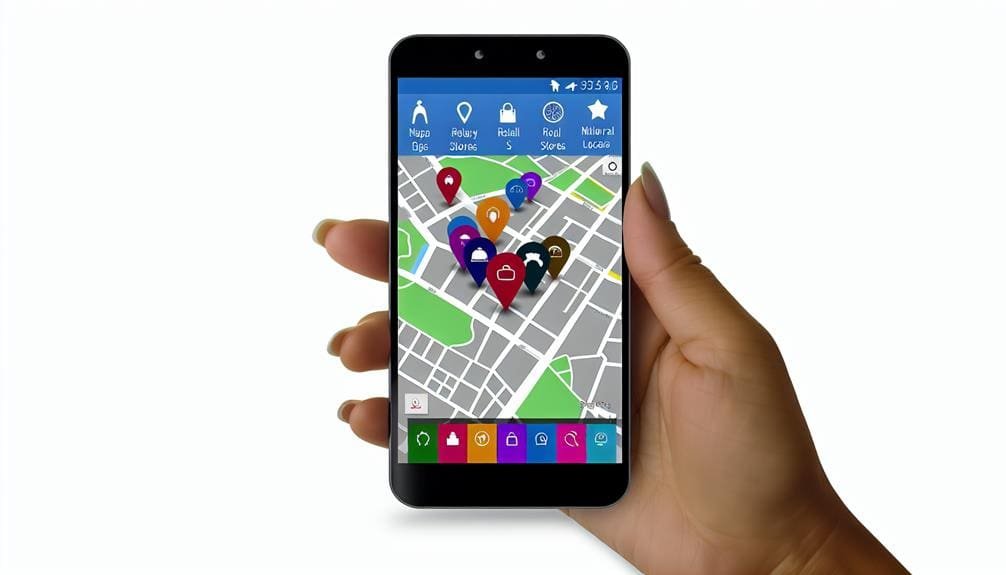Mobile SEO Services
7 Key Strategies for Mobile-Optimized Local Business Listings
March 16, 2024 | by Jacob Cavazos
What Shapes Mobile Search Behavior in Local SEO?
March 16, 2024 | by Jacob Cavazos
Why Is Mobile Accessibility Key to SEO Triumph?
March 13, 2024 | by Jacob Cavazos
What Drives Success in Mobile-First Local SEO?
February 19, 2024 | by Jacob Cavazos
What Drives Success in Mobile Nearby Searches?
February 17, 2024 | by Jacob Cavazos
How Mobile Page Speed Affects Your Local SEO
February 15, 2024 | by Jacob Cavazos
8 Best Tips: Mobile Responsive Design & Local SEO
February 14, 2024 | by Jacob Cavazos
What Elevates Mobile UX for Nearby Searches?
February 10, 2024 | by Jacob Cavazos
Enhance Your Mobile SEO for Geotargeted Searches
February 3, 2024 | by Jacob Cavazos
Top Mobile SEO Strategies for Regional Visibility
January 29, 2024 | by Jacob Cavazos
Optimize Mobile UX for Better Local SEO Results
January 17, 2024 | by Jacob Cavazos
What Influences Your Local Mobile Search Rankings?
January 15, 2024 | by Jacob Cavazos
Mastering Local Mobile SERP Features Optimization
January 15, 2024 | by Jacob Cavazos
7 Key Tips for a Mobile-Friendly Business Website
January 6, 2024 | by Jacob Cavazos




















